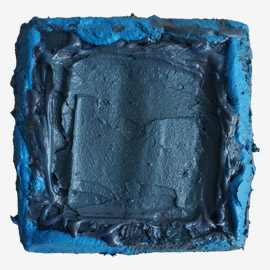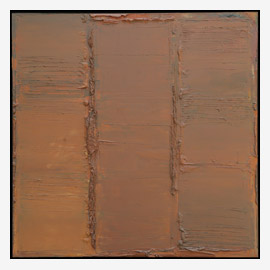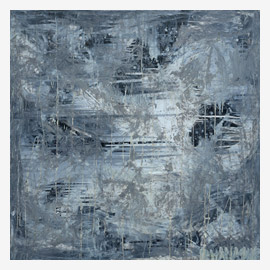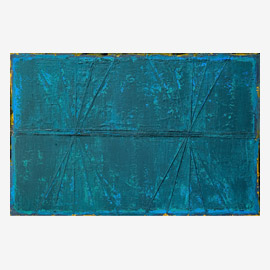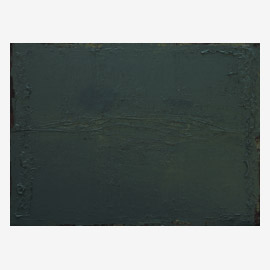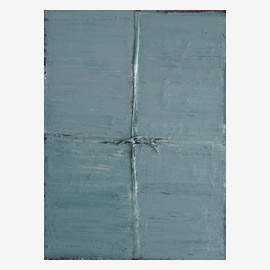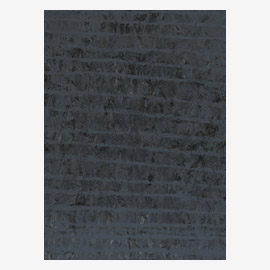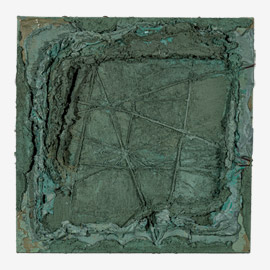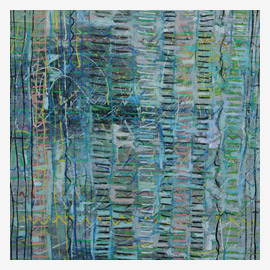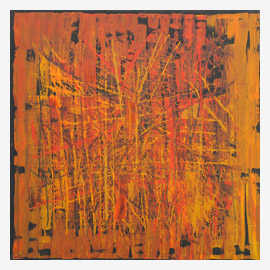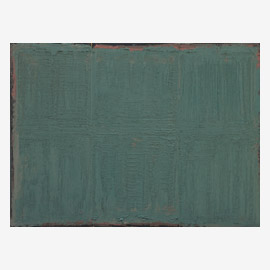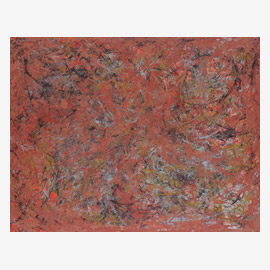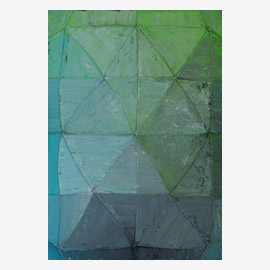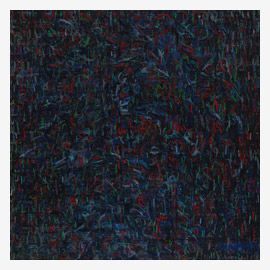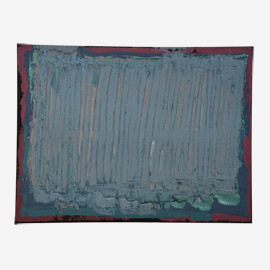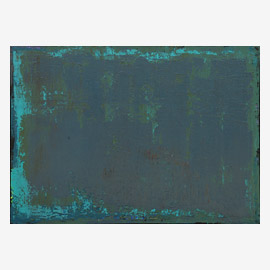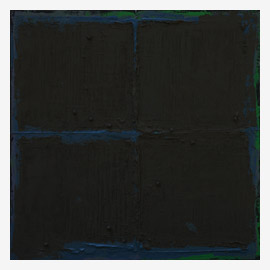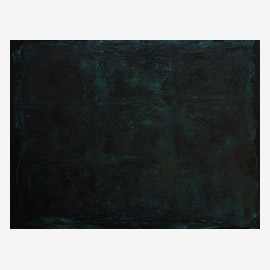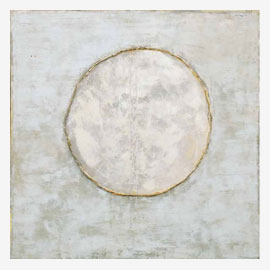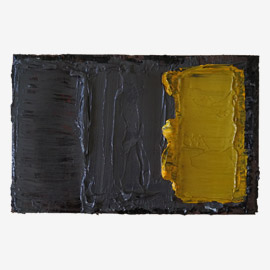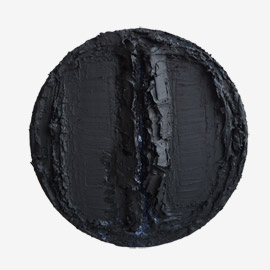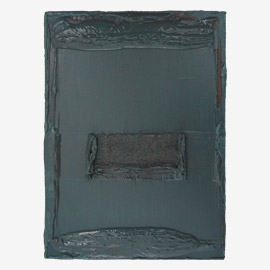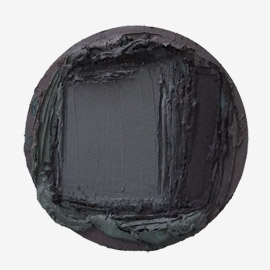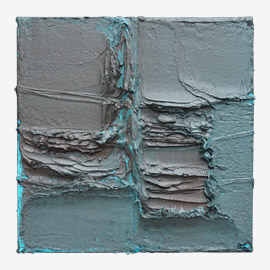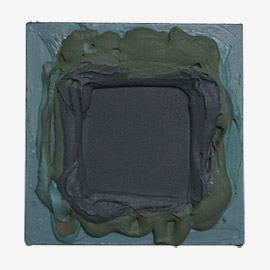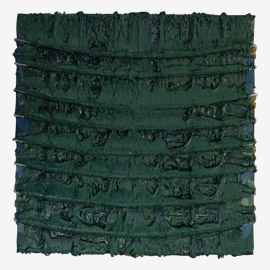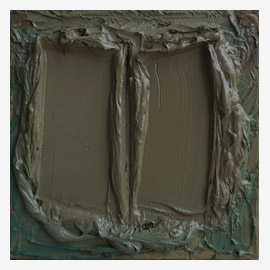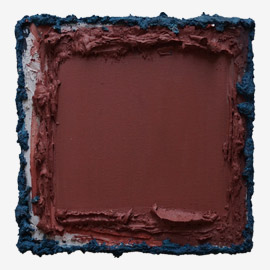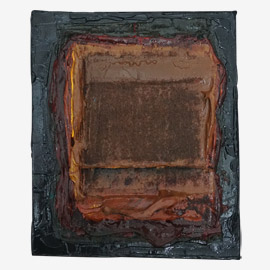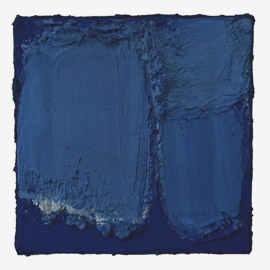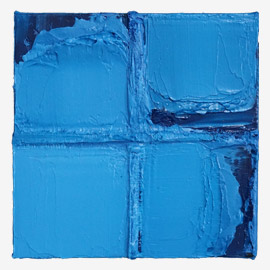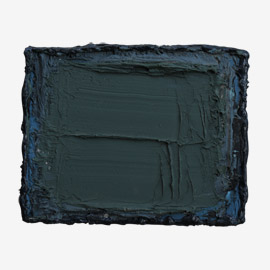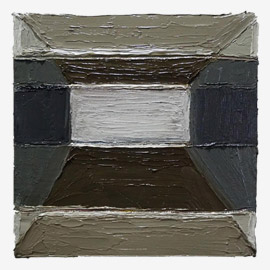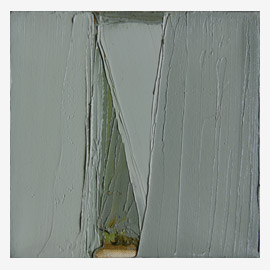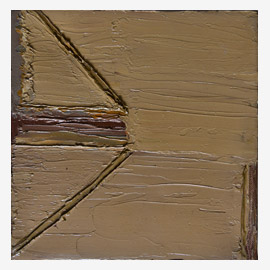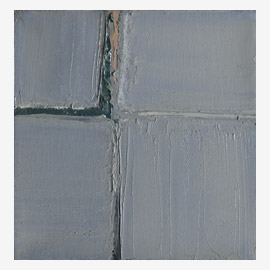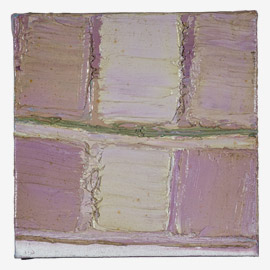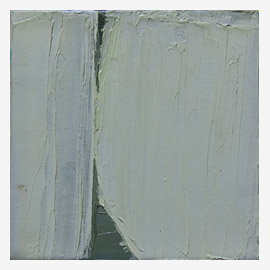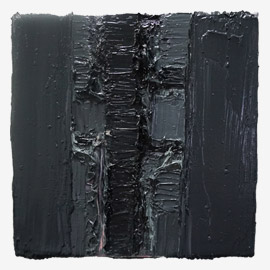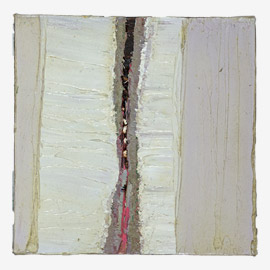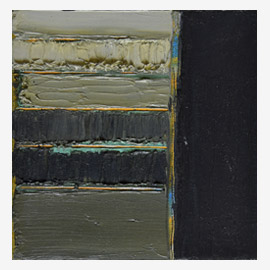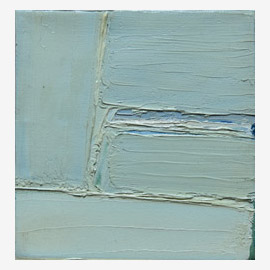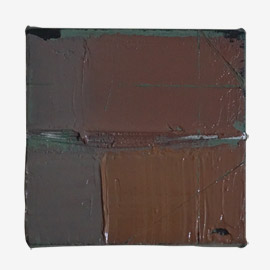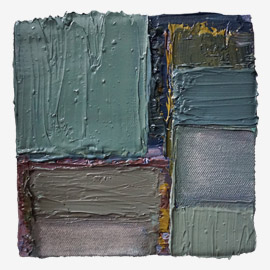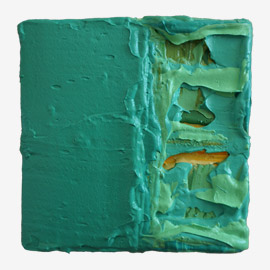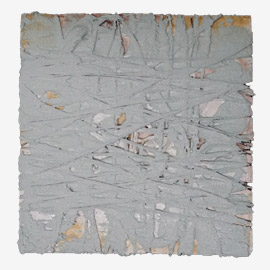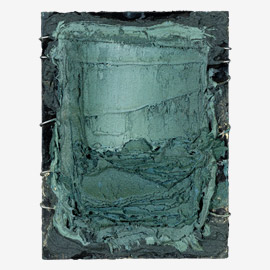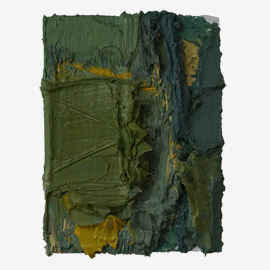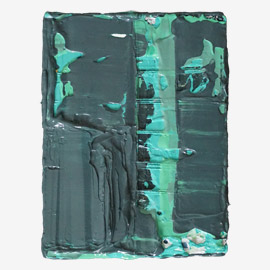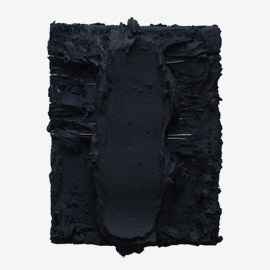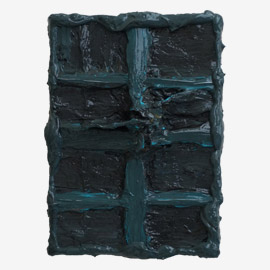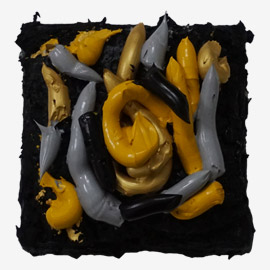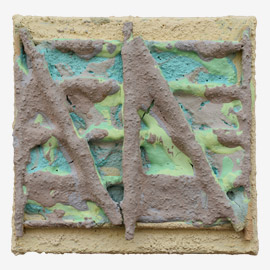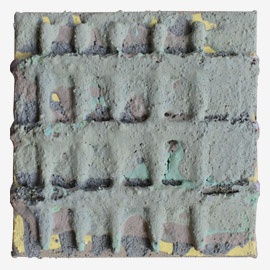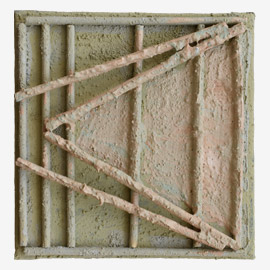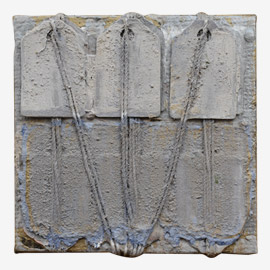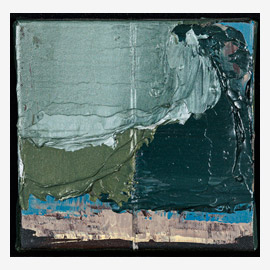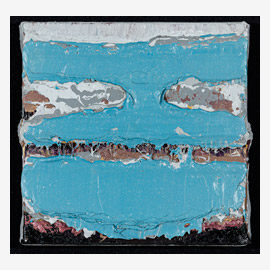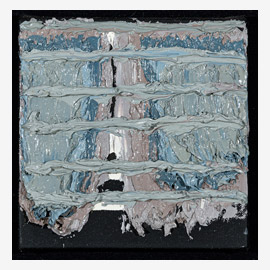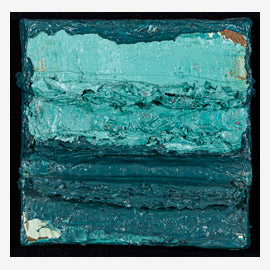Can you see a taste?
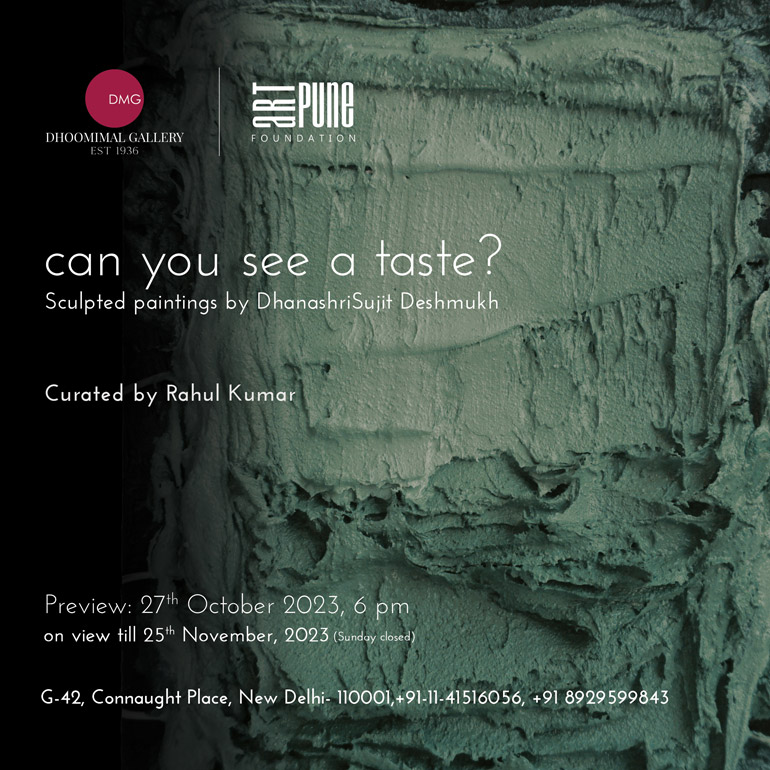
Sculpted paintings by Dhanashri Sujit Deshmukh
Can you see a taste or hear a picture? A synesthete can scientifically respond to a sensation produced in one modality when a stimulus is applied to another. In creative world, if engaged deeply with any an expression, allowing for all the senses to activate, freely linking to the deepest emotions…well, it is distinctly possible to experience such seminal feelings. Dhanashri Sujit Deshmukh took the unbeaten path in her early days...
Sculpted paintings by Dhanashri Sujit Deshmukh
Can you see a taste or hear a picture? A synesthete can scientifically respond to a sensation produced in one modality when a stimulus is applied to another. In creative world, if engaged deeply with any an expression, allowing for all the senses to activate, freely linking to the deepest emotions…well, it is distinctly possible to experience such seminal feelings. Dhanashri Sujit Deshmukh took the unbeaten path in her early days at the art school to experiment freely, to use her art to truly express her emotions. In the foundation year while everyone was expected to explore a wide spectrum of media and processes, Dhanashri was attracted to oil-on-canvas. She reminiscences a day when after consuming some raw tamarind, she had a heightened taste of sourness. She wondered if it was possible to translate that visually in her work for her viewers to evoke the same emotion as after eating the tamarind, although by just seeing her work. And this marked the first step for her to explore an entire world of multi and cross-sensorial expressions.
In her current body of work, both process and material bear a direct impact in the visuals she creates. Dhanashri has a rather direct approach in how she applies the paint on surfaces. Each gesture and movement leave bold marks that she chooses to keep. She uses her hands and feet, unconventional tools like squeegees and knives, pieces of cardboard and discarded cloth. The direct interaction with the canvas, with minimal intermediaries like brushes, appealed to her sensibilities in achieving the desired results. One is easily reminded of the American abstract expressionist, Jackson Pollock in this context. Known for his radical style in the history of modern art, Pollock found new meanings in pictorial space. More significantly and drawing a parallel in the approach of Dhanashri, imparting life to matter, in the pursuit of pure creativity. The free and associative gestures that came to be called ‘action painting’ is akin to how Dhanashri creates.
Her works almost feel sculpted rather than ‘painted’. This was not a choice, rather an organic process of progression. It has been an evolution for Dhanashri, much like her own growth as a person, experiencing life and mastering the use of material. The weight of the layers, the aggressive incisions, the deep relief of the works, the cuts and slashes go beyond a mere ‘texturizing’ technique. It is her deep desire and a need to allow her art to be a true reflection of her emotions as well as actions. What is most intriguing is that these thoughts need not be the well-considered, deep, or even profound ones. It is the everyday that is fascinating for her. Inspiration often arises from the most unexpected and deeply personal experiences. Our minds are like sponges, absorbing moments and emotions, forms and colors. When she paints, she channels all these elements onto the canvas, creating a fusion of paints and feelings. She hopes that the intensity of these experiences always shines through. And in that it is a truly continuous and reciprocal relationship – one where she captures these in her art, and correspondingly the works in turn influence her everyday life and thoughts. The works are most often layered. It is an extension of her own personality that has multiple facets and yet, not all is revealed at once. The deeply layered being, each one plays a role in forming the final picture/person. Dhanashri says that she is very conscious of the multiple roles she is expected to play in the society – as a member of her family, part of a friend circle, citizen of the world, or just being herself. Navigating through all of them can be overwhelming, but channeling the energies back to her art makes is a transformative process. Each tier is a visual and metaphorical representation of complexities, of dependencies, and metamorphic aspects – both in her art and life.
Dhanashri likes to leave her work devoid of all things that are representational. Her references are personal. The eventual imagery is a function of her thoughts, the material, and the very process. But the visibility of every gesture and movement in the work serves as an invitation for viewers to connect with the artistic process at a deeper level. While the act of application is not directly witnessed, the eventual outcome is a visual representation of the journey itself. There are deliberate marks left allowing viewers to witness the creative process and appreciate the tangible layering of paints. And at the core of her intent is a wide-open arena to interpret. Afterall, each beholder will see the painting through the lens of their own life experiences and emotions. Similar to how a song can take on different meanings in different phases of one’s life, her art is meant to evoke a personal response unique to each observer. The seemingly dichotomous approaches – smooth surfaces to the deeply textured ones, geometric forms juxtaposed with the organic, all come together in a union, encompassing the range of emotions and experiences.
Both, the process and the outcome are equally fascinating for her. When she embarks on a new work, she does not know where it will lead, and that element of uncertainty adds to the intrigue. Seeing the final piece, we can trace the journey it took to arrive at its current state, making the artistic process itself an integral part of our viewing experience.
Director’s Note
The great Sailoz Mookherjee once said ...”how can anyone read or write about art... You either like it or you don’t”.
Sometimes you come across art works that you connect with instantly. The same happened with me on my visit to an art gallery in Pune, where I came across Dhanashri’s works. I find Dhanashri’s art extremely bold, both in the use of colour and expression. The thick paint creates such depth and impact, that the works deserve all the attention. Her use of subdued colours almost have a meditative quality in them and a volatile energy that can be felt because of the free flowing strokes.
At Dhoomimal we have always believed young art must constantly be nurtured and supported. We are really happy to join hands with Priyamvada and the Art Pune Foundation to collaborate for this exhibition. Personally I am extremely excited about this show as I feel Dhanashri is an immensely talented artist and should be an important part of collections in India and abroad.
Uday Jain Dhoomimal Gallery October, 2023
Read more